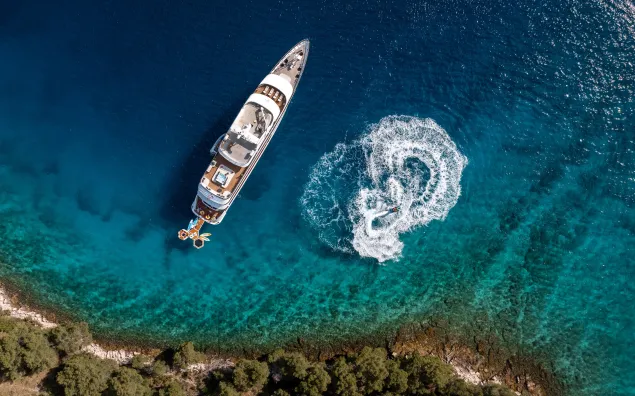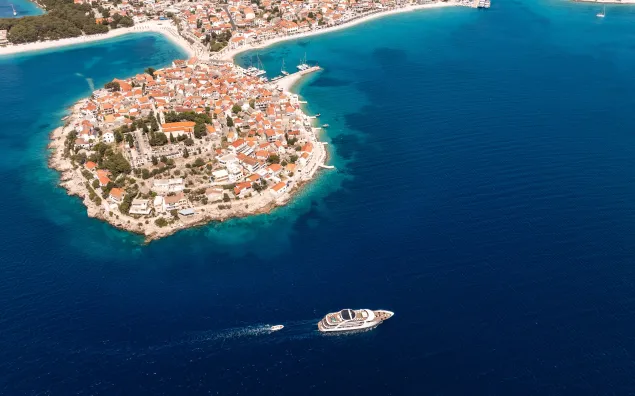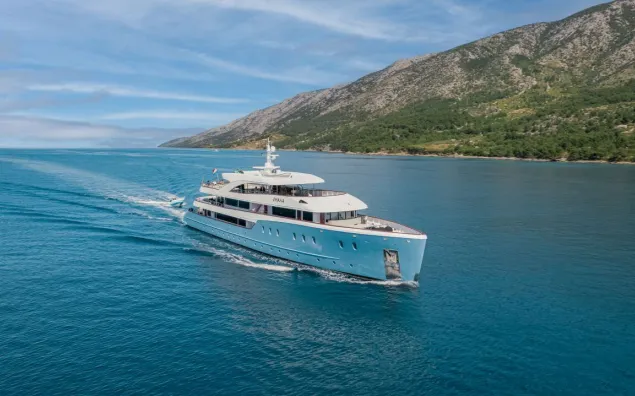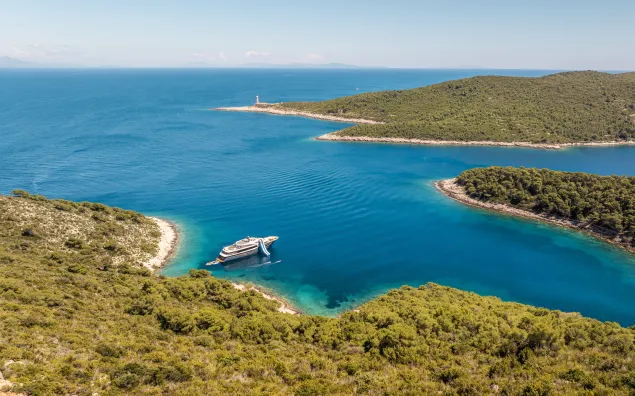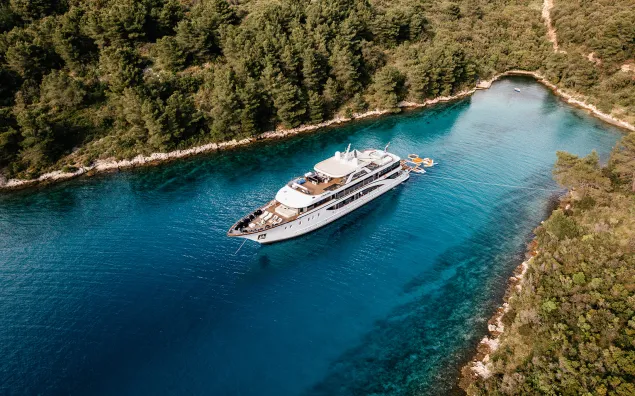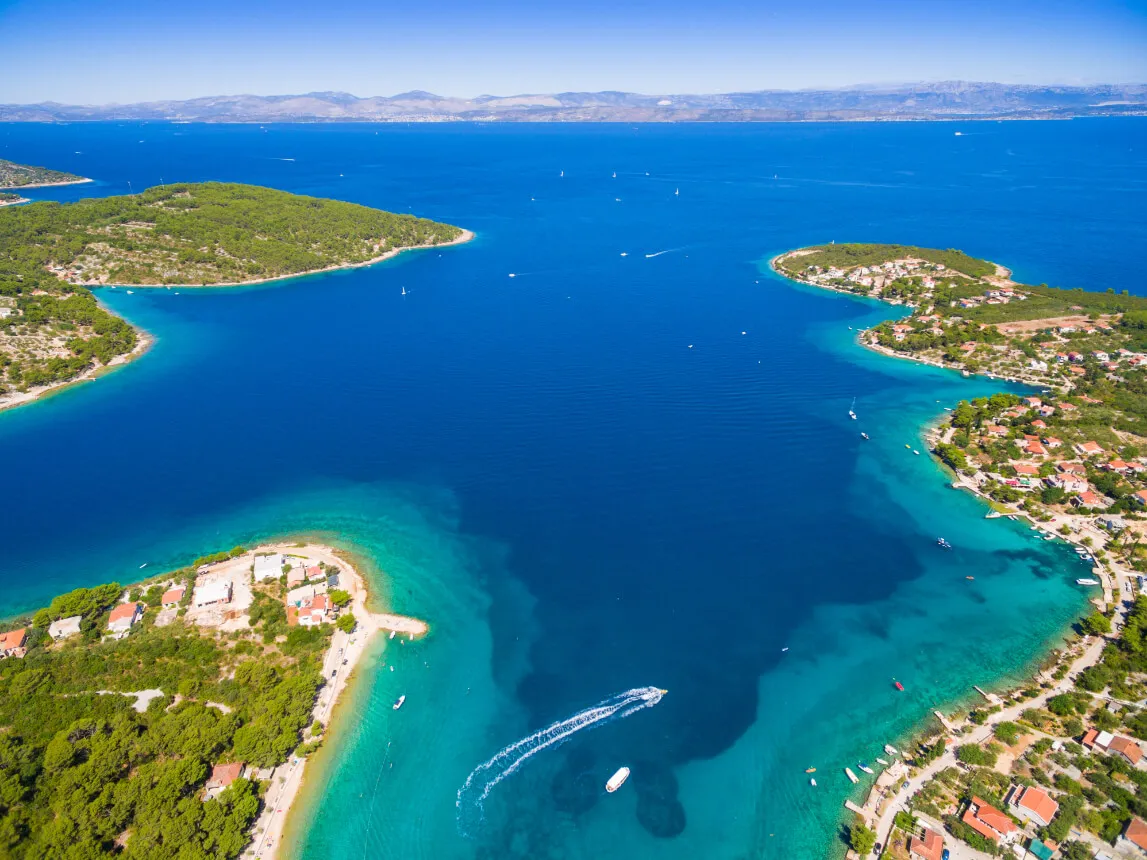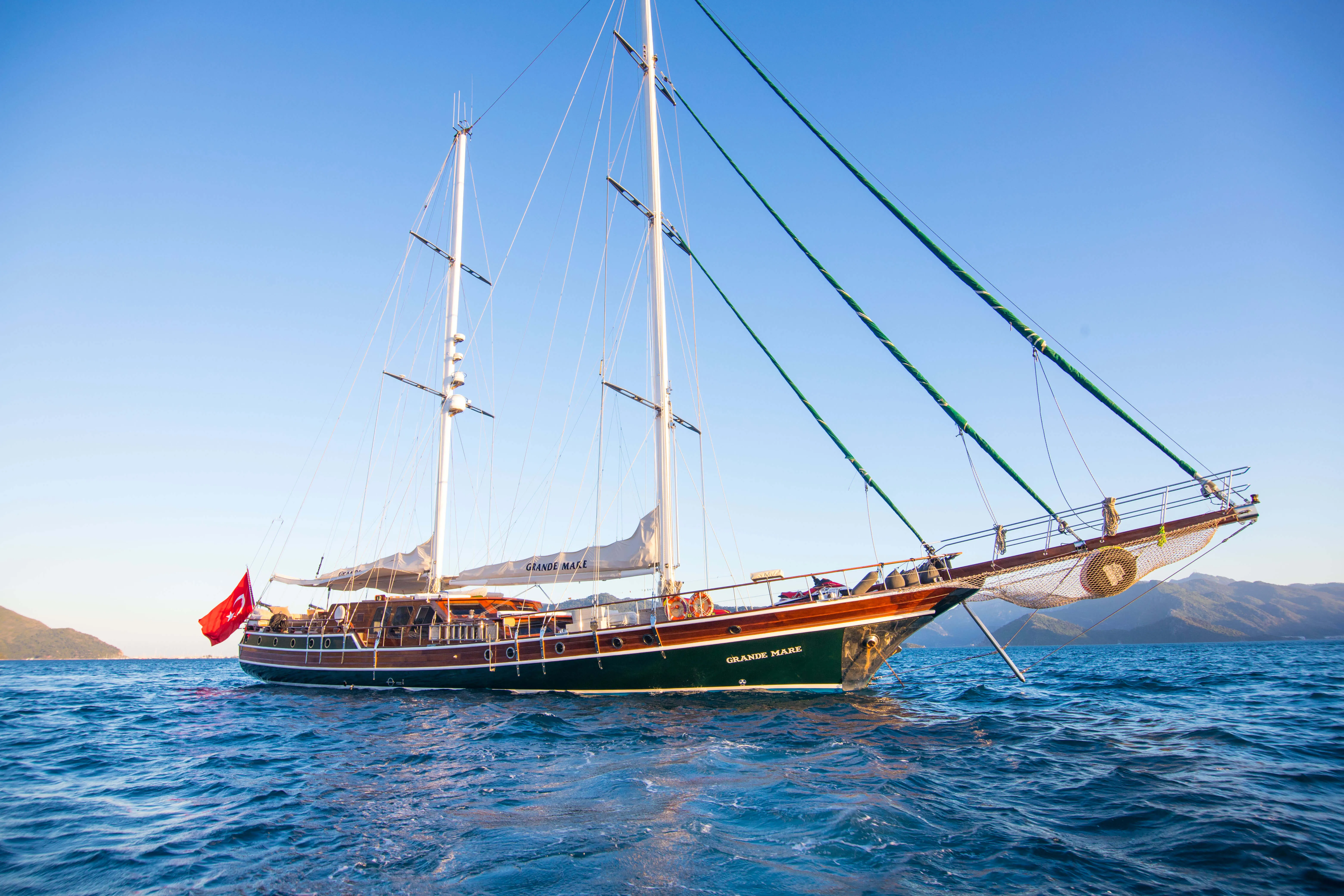
Top Places to Visit in Kusadasi – History, Culture, and Hidden Gems
Kusadasi, also known as the “bird island,” is one of Turkey’s most captivating destinations for history, culture, and relaxation. Nestled on the Aegean coast, this vibrant town is surrounded by ancient ruins, sacred sites, and architectural wonders that tell the story of civilizations past. From the legendary city of Ephesus to the Basilica of Saint John and the Temple of Artemis, Kusadasi is the perfect base for exploring Turkey’s rich heritage while enjoying a gulet cruise or seaside holiday.
Key Takeaways:
- Ephesus was once a major commercial and religious hub, now one of Turkey’s top archaeological sites.
- The House of the Virgin Mary offers a peaceful pilgrimage site visited by both Christians and Muslims.
- The Temple of Artemis, one of the Seven Wonders of the Ancient World, reveals the grandeur of Hellenistic architecture.
- The Basilica of Saint John and the Isa Bey Mosque showcase remarkable early Christian and Seljuk design.
- Priene, Didyma, and Miletos provide insight into ancient city planning, philosophy, and religious practices.
Top places to visit in Kusadasi Turkey. If you will travel there with a gulet and stay there for a couple of days and you like history and archaeology sites check out all the places you can visit there.
Kusadasi or known as the bird island, which is situated in the Aegean region of Turkey, is a magnificent and perfect place for an unforgettable vacation. Kusadasi is full of great tourist destinations for visitors and residents alike!
This list presents 15 great tourist destinations in our region. Kusadasi is situated suitably nearer to many well-known tourist areas such as Ephesus, The House of Virgin Mary, The Temple of Artemis, Priene, Miletos, and The Temple of Apollon in Didyma etc…
Ephesus which was established as a port was used to be the most important commercial center It played a great role in the ancient times with its strategic location. Ephesus is located in a very fertile valley.
Ephesus, once, the trade center of the ancient world, a religious center of the early Christianity and today, Ephesus is an important tourism center in Turkey.
The ancient city Ephesus is located in Selcuk, a small town 30km away from Kusadasi.
Virgin Mary IS Located on the top of the “Bulbul” mountain 9 km ahead of Ephesus, the shrine of Virgin Mary enjoys a marvelous atmosphere hidden in the green. It is the place where Mary may have spent her last days. Indeed, she may have come in the area together with Saint John, who spent several years in the area to spread Christianity. Mary preferred this remote place rather than living in a crowded place.
The house is a typical Roman architectural example, entirely made of stones. In the 4th century AD, a church, combining her house and grave, has been built. The original two-stored house, which consisted of an anteroom (where today candles are proposed), bedroom and praying room (Christian church area) and a room with fireplace (chapel for Muslims). A front kitchen fell into ruins and has been restored in 1940″s. Today, only the central part and a room on the right of the altar are open to visitors. From there one can understand that this building looks more like a church than a house. Another interesting place is the “Water of Mary”, a source to be found at the exit of the church area and where a rather salt water, with curative properties, can be drunk by all.
Paul VI was the first pope to visit this place in the 1960″s. Later, in the 1980″s, during his visit, Pope John-Paul II declared the Shrine of Virgin Mary has a pilgrimage place for Christians. It is also visited by Muslims who recognize Mary as the mother of one of their prophets. Every year, on August 15th a ceremony is organized to commemorate Mary”s Assumption.
The temple of Artemision is known as one of the Seven Wonders of the Antic world. It has been built in the areas of Ephesus on a flat area which has over the centuries turned into a swamp. Today one can only see the ruins of the foundations of this marvelous construction of the Hellenistic Age, entirely made of marble and full of sculptured columns” capitals and shafts. The most beautiful remaining of this temple are today exhibited in the London British Museum.
The oldest remaining found date back to the VIth century BC. It was surrounded by 36 huge columns, later enlarged upon the orders of the Lydian King, Kreisos, during the VIth century BC. Most of the exhibits in the London British Museum belong to this period.
The new Artemision has been rebuilt in the IInd century BC. Located on top of the previous one, it had tremendous dimensions: 127 columns of each 17,5 meters high. Unfortunately, this one has also been destroyed by fire, reconstructed and again demolished by earthquakes, rebuilt and at last looted by Goths one year later.
The statue of many-breasted Artemision was the symbol of the temple but also of abundance, hunting, and wild life. The genuine statue of Artemision, removed during the fire, is today exhibited in the Selcuk Museum. Many copies of this statue found during the latest excavations date back from the Roman period.
Located 18 km away from Kusadasi, in the entrance of Selcuk. As it is close to Ephesus and The Basilica of Saint John, it may be a stop on your excursion. There is easy transportation to Artemision by minibusses from Kusadasi in every 15 minutes. The road takes about 30 minutes. Alternatively, you can join to daily tours provided by almost every agencies in Kusadasi for a better knowledge of the area.
Basilica of Saint John! It is believed that the evangelist St. John had spent his last years in the region around Ephesus and buried in the southern slope of Ayosolug Hill. Three hundred years after the death of Saint Paul, a small chapel was constructed over the grave in the 4th century. The church was changed into a marvelous basilica during the region of Emperor Justinian (527 -565 AD).
The monumental basilica was in the shape of a cross and was covered with six domes. Its construction, being of stone and brick, is an extremely rare find amongst the architecture of its time. Raised by two steps and covered with marble, the tomb of St John was under the central dome, that was once carried by the four columns at the corners. The columns in the courtyard reveal the monograms of Emperor Justinian and his wife Theodora. Constructed in the 5th century AD, the baptistery is north of the nave, with its key hole shape. Rampart walls around the church were constructed for protection from the Arabian attracts in the 7th – 8th centuries AD. The impressive 10th century AD frescoes representing St John, Jesus, and a Saint, ornament the chapel. With the invasion of Turks, the chapel was used as a mosque in the 14th century; unfortunately, Basilica of Saint John became unusable due to the serious earthquake in the same century.
The excavations around the Basilica of Saint John has been continuing under the supervision of Ekrem Akurgal since 1973, with the financial supports of George B. Quatman.
The Basilica is 18 km north of Kusadasi- in the entrance of Selcuk. It is located on the left side of the city entrance and can be reached by Kusadasi – Selcuk minibusses departing every 15 min. from Kusadasi.
Isa Bey Mosque is one of the most delicate examples of Seljukian architecture, situated below the basilica of Saint John. The mosque was built by the master Syrian architecture Ali son of Mushimish al -Damishki, between the years of 1374 and 1375.
The mosque was styled asymmetrically unlike the traditional style, The location of the windows, doors, and domes were not matched, purposely. In the entrance of the mosque, an inscription from the god decorates the doorway. The columns inside the house of prayer are from earlier ruins in Ephesus, making an interesting contrast to the mosque. The domes are ornamented by turquoise and blue faience, revealing the characteristic of the Ottoman style. Crown-like doors from Seljukian architectural style later combine with the specific decoration elements of architectural style. The mosque was repaired in 1934.
The mystical atmosphere of “Isa Bey Mosque” must be experienced in the excursion around this region.
Isa Bey Mosque has located 18 km. north of Kusadasi, on the left side of Selcuk’s entrance.Kusadasi – Selçuk minibusses departure every 15 min. from Kusadasi.
PRIENE DIDYMA MILETOS The first establishments in Priene go back till 2000 BC. According to ancient documents, these first settlers were the Banians who mixed with the Ionians. In the Archaic period, the city”s location may have been nearer to Miletos on the delta of the Buyuk Menderes (Meander). Later the city moved in the direction of the Mykale Mountains” slope.
The name “Priene” is thought to have a pre-Greek origin when the Cretan islands, “”Praisos and Prianson” had relations with Priene. Before becoming one of the 12 members of the Ionian Confederation and participating to the “Ionian Rebellion”, Priene had first been a Lydian dominion for several centuries.
As the city had been demolished, its restoration has been planned by the famous city planner and architect, Hippodamos, who used for the first time the “Grating System”: all the constructions were turned to the south in order to benefit a maximum of the day light. The roads were crossing perpendicularly to give the best ventilation system to the city.
Approx. 283 BC, a border quarrel arose between Priene and the Greek island Samos. It was only solved one century later when both parties accepted to become Roman vassals. Since then, Priene was under control of the Bergamian King, Attalos II, who was to return the city to the Romans after his death. Due to endless wars and the alluviums that were invading the city, Priene was worn out and abandoned completely in the XIIIth century AD.
Priene is about 35 km from Kusadasi is worth being visited for its Athena Temple, located on the highest point of the city, the Stadion, the Prytanion, the Temple of Demeter and Persephone, the Bouloterion, the Gymnasium and the Amphitheater. To reach Priene; you may take a daily tour to Didyma – Priene – Miletos from any agency in Kusadasi or by a private car, alternatively.
